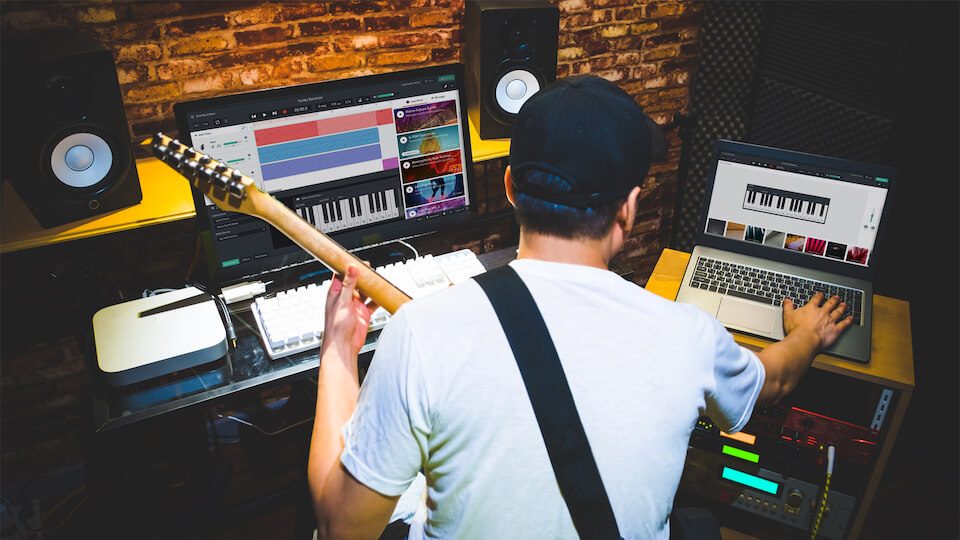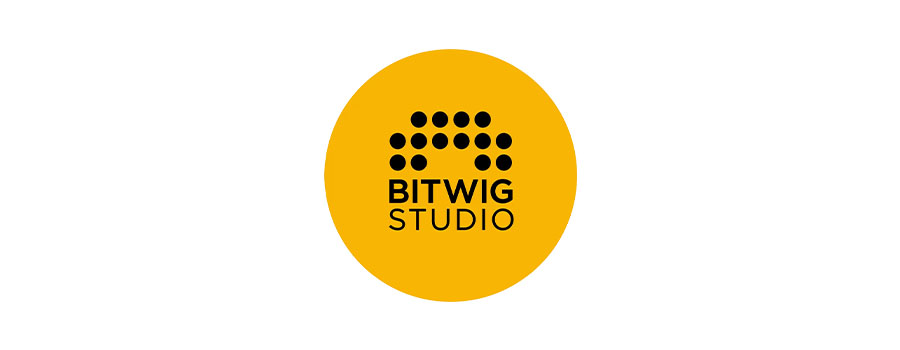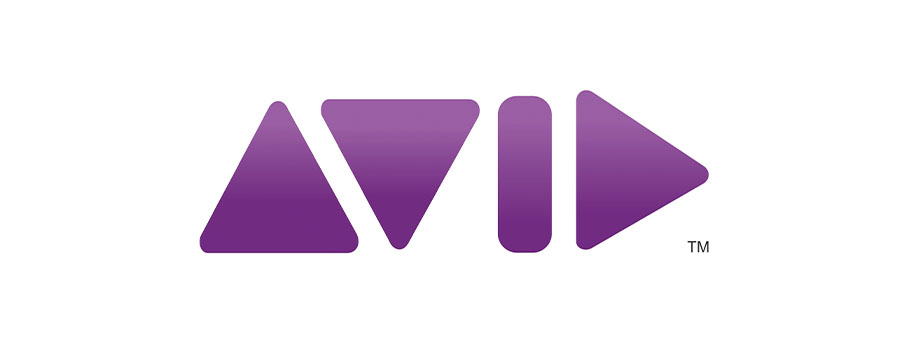A DAW or Digital Audio Workstation is the software program you utilize to make your music.
DAWs have made music creation more accessible than ever before—and they are only getting more powerful!
Whether you are just starting a song, or about to reach that final mastering step, you will need music recording software to make your vision into a reality.
This guide will provide you with everything you should pick the best DAW apps for you.
What’s a DAW?
A digital audio workstation (DAW) is a software program used for composing, mixing, recording, producing, and modifying audio and MIDI.
DAWs facilitate the mixing of multiple sound sources on a time-based grid.
There are a lot of different DAWs out there, each with different weaknesses and strengths.
How to choose the best DAW for you
There are some vital factors to consider as you select which DAW you will utilize for your music.
The first is that despite different looks and workflows, all of them essentially do the same thing—create music.
When you grasp the basic metaphors of digital music production, your choice of DAW will seem a little less necessary. The main differences between them are mainly about functions and workflow.
That means the only method to choose the best DAW for you is by testing them out and finding which one fits your needs greatest.
Download a free demo
Most DAWs give free trials or lite editions to assist you to determine if they are right for you. When you have honed in on the ones you want to try, download the demos and see how things feel in practice.
When you are just getting began with the core ideas of DAW software you may consider trying a free DAW.
There are some good DAW apps which are available completely free. They may not have the functions the pros depend on, however, they could actually produce good music.
Beginning slowly with a free version first could save you lots of time and money when it comes time to commit.
The 12 best DAW apps for creating music
Now that you understand what to look for in a DAW, let’s take a look at of the best recording software
Right here’s the important list of the 10 best DAW apps currently available.
1. Bitwig
In 2014, Bitwig Studio was launched by a group of former Ableton developers after an extensive testing period.
Bitwig draws some inspiration from Ableton, however, it has pioneered its own creative workflows and composition approaches.
Unique modulation options, strong hardware integration, and songwriting-friendly tools make Bitwig a solid option for any creator.
Bitwig is simple to learn when you are just starting out with recording software and provides you with plenty of room to develop.
2. Studio One 4.5
Studio One is Presonus’ entry into the DAW scene.
It is newer than other DAWs, however really coming into its own with Version 4.5. Studio One 4.5 boasts some uniquely effective tools you will not discover anywhere else.
It is a proprietary high-resolution internal MIDI protocol that permits smoother parameter changes in MIDI parts.
And the dedicated hardware interfacing plugin permits you to use outboard gear simpler than ever before.
The workflow in Studio One 4.5 is concentrated on creativity and inspiration.
Its “songwriting first” design makes it simple to compose fast—you could even output printable scores and lead sheets from the parts you make in the DAW.
Studio One 4.5 might seem like a bit of an underdog, however, that provides it with lots of space to innovate and the outcomes are impressive.
3. Ableton Live 10
Ableton Live is one of the largest players in the DAW scene for good reason.
Its inspiring workflow and intuitive “session view” has made it a favorite among electronic producers.
Ableton’s built-in sampling and synthesis plugins are extremely high-quality sound-design tools.
Its composition workflow is among the simplest and greatest for getting outcomes fast. The session view even permits you to jam your arrangements live by trigger clips and loops in different combinations.
If that were not enough, Ableton continues to release excellent sample packs to their big library of content you could use in your tracks.
Since acquiring digital audio legend Cycling ‘74 in 2017, Ableton has offered the insanely flexible Max digital signal processing environment with Live as Max4Live.
This makes Live the most versatile sound design tool out there—there’s a lot to love!
4. Audacity
Audacity was launched in 2009 as completely free recording software. And it’s still to be free today!
Audacity is compatible with all operating systems and simple to download immediately.
It has everything you should record audio on a timeline with no extra features.
It does not record MIDI, so utilizing virtual instruments like VST synths is out of the question—and plugin effects have to be applied destructively offline.
That means that Audacity may not be the best choice for a full combine.
However, when you are just getting began with the core ideas of digital recording, Audacity may be the perfect method to soar in.
5. Pro Tools 2019
Pro Tools is the industry-standard DAW. That is the one you will find in almost every professional studio.
Pro Tools was designed for traditional recording in a studio setting and it excels at every part of that process.
Pro engineers love it for the speed of editing and the high-quality mixing environment.
It might have a slightly steeper learning curve than other DAWs, however, it’s worth putting in the time when you ever hope to work in a professional studio.
Pro Tools comes in several configurations including the free, introductory edition Pro Tools First which is limited to 16 tracks.
The premium, hardware-accelerated edition is now known as Pro Tools Ultimate and the standard native version is simply called “Pro Tools.”
Like other paid software, Pro Tools is transitioning to a hybrid subscription/license model with each subsequent edition named after the year of launch (we are currently on Pro Tools 2019).
Pro Tools also requires you to utilize the iLok hardware DRM platform, which might be off-putting to some users.






